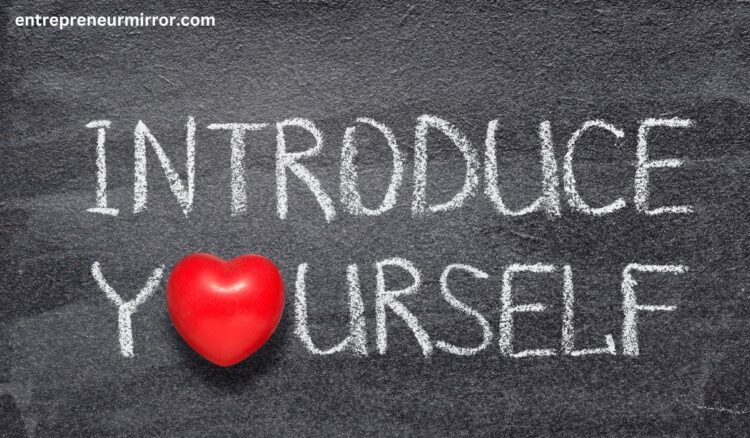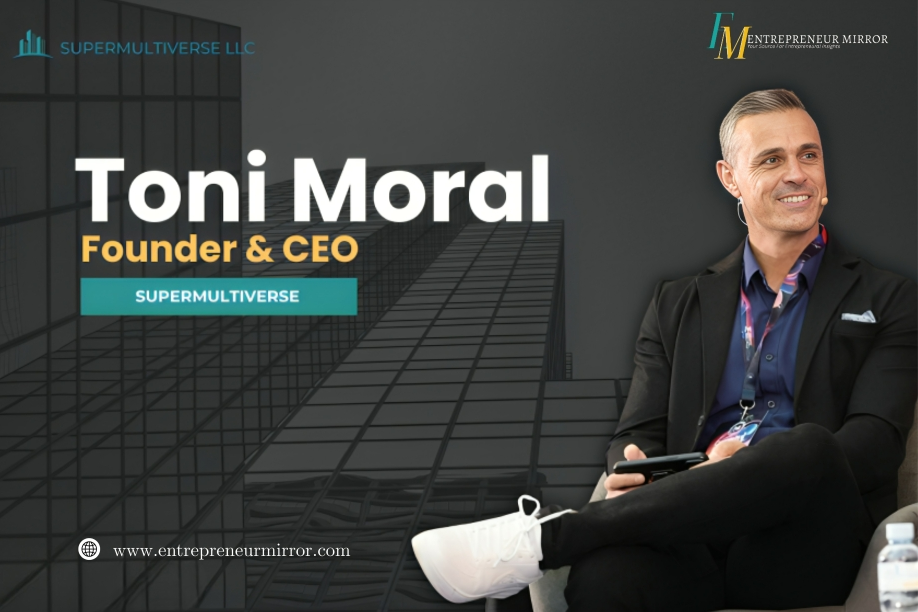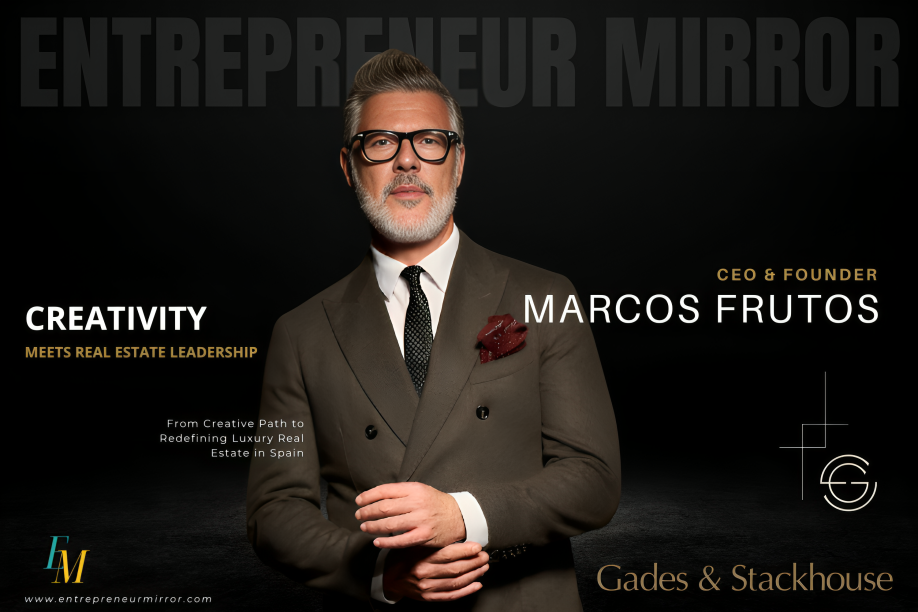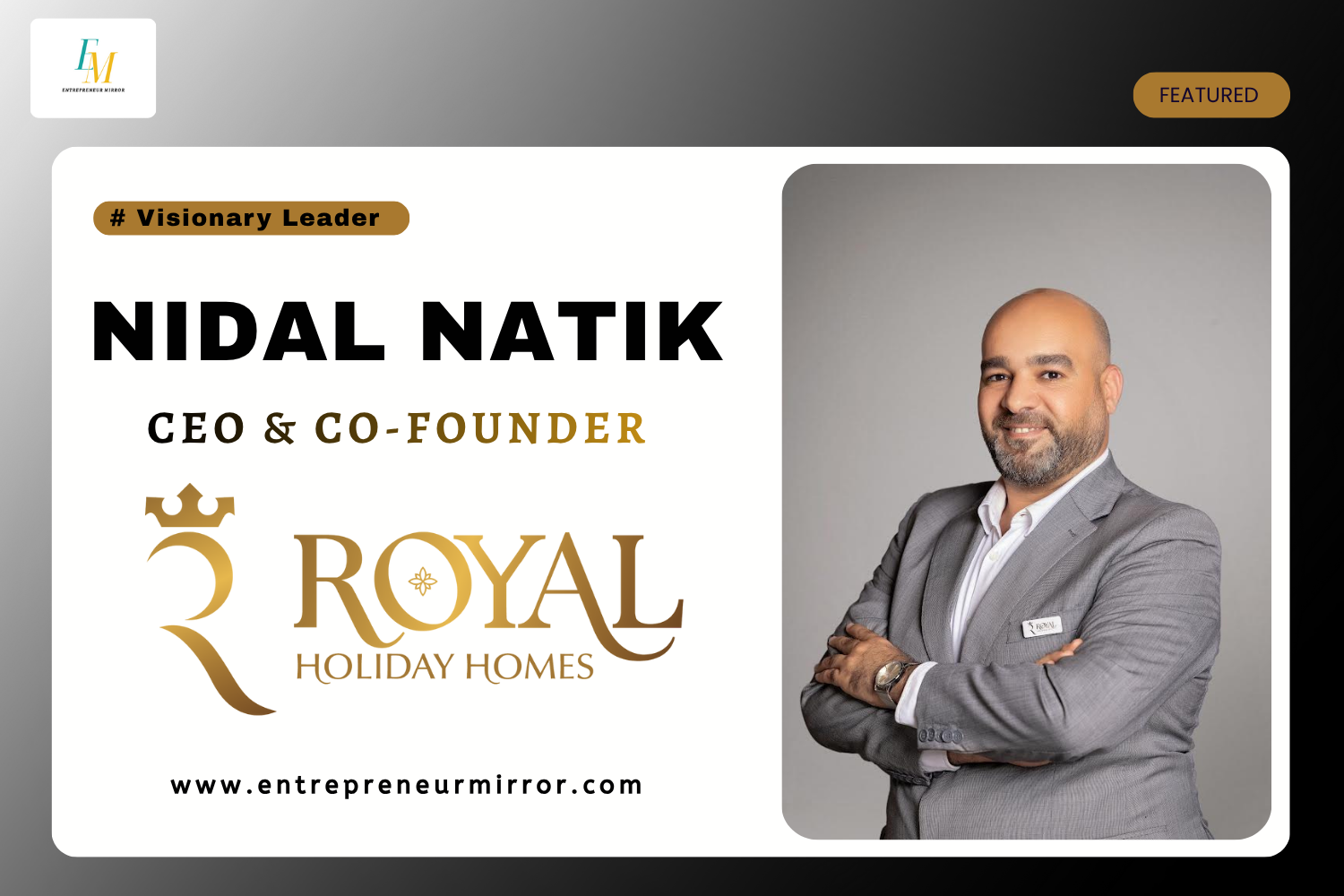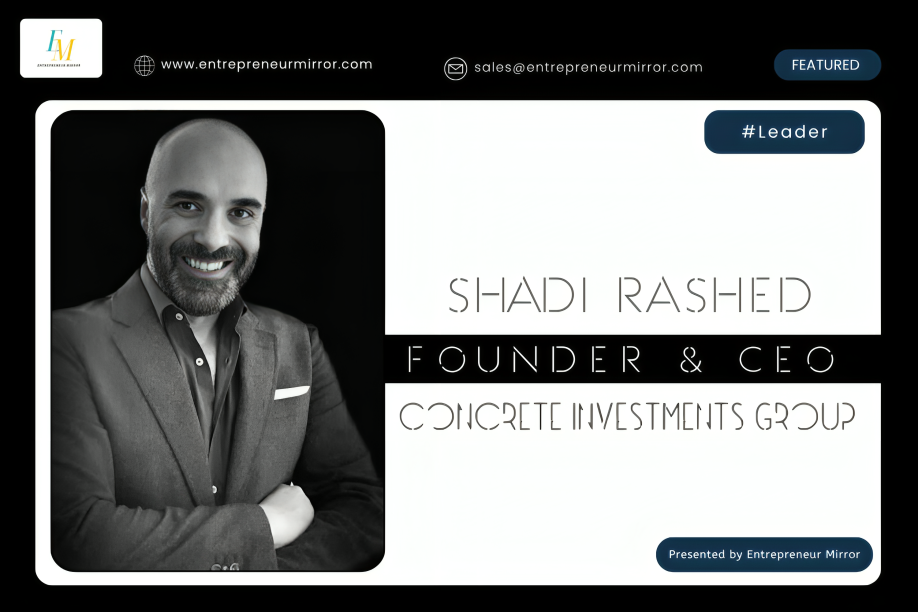Stepping into the arena of job interviews can be an anxiety-inducing experience for many. It’s a critical juncture where your expertise, qualifications, and personality converge to shape a lasting impression on potential employers. In this blog, we will read about Interview guidance, your introduction, the complexities of interview preparation, mastering common questions, and navigating the often challenging terrain of behavioral interviews.
Introducing Yourself in an Interview:
The initial moments of an interview lay the foundation for the entire interaction. Crafting an engaging introduction is not merely a formality; it presents an opportunity to capture the interviewer’s attention and leave a positive imprint. Here’s a step-by-step guide on how to introduce yourself effectively:
1. Initiating with a Salutation:
- Begin with a self-assured and professional greeting. A simple “Good [morning/afternoon/evening], I’m [Your Name]” establishes a polite tone.
2. Offering a Glimpse into Your Professional Background:
- Following the greeting, provide a brief overview of your professional background. Mention your current job role or your most recent position, emphasizing key responsibilities and achievements.
3. Presenting Pertinent Educational Background:
- Seamlessly transition into your educational qualifications. Specify your degree, central, and the institution you attended. If you graduated with honors or received notable awards, briefly mention them.
4. Highlighting Relevant Experience:
- Elaborate on your professional journey, focusing on roles directly pertinent to the job you’re interviewing for. Spotlight specific accomplishments, skills acquired, and contributions made to previous employers.
5. Showcasing Key Skills:
- Introduce a set of skills aligned with the job requirements. Choose skills directly relevant to the position that also reflect your strengths. This adds a layer of applicability to your introduction.
6. Conveying Enthusiasm for the Position:
- Express genuine enthusiasm for the opportunity to interview for the position. Articulate why you are interested in the role, the company, and how your skills align with the company’s objectives.
7. Concluding with a Forward-Looking Statement:
- Wrap up your introduction by expressing eagerness to delve deeper into how your skills and experiences align with the organization’s needs. This forward-looking statement sets the stage for the remainder of the interview.
Perfecting the Skill of Self-Introduction:
While the outlined structure provides a foundation, mastering the art of self-introduction involves practice and refinement. Consider these additional tips to enhance your introduction:
Tailor Your Introduction to the Role:
- Personalize your introduction based on the specific job you’re interviewing for. Emphasize skills and experiences most relevant to the position.
Cultivate Conciseness:
- Keep your introduction brief and focused. Strive to cover the key points in about two minutes, providing enough information without overwhelming the interviewer.
Maintain Eye Contact and Appropriate Body Language:
- Sustain eye contact during your introduction. Your body language should convey confidence and professionalism. A firm handshake, if applicable, contributes to a positive initial impression.
Be Attentive to Tone and Pace:
- Be mindful of your tone and pace. Articulate your thoughts clearly and at a moderate pace to ensure your introduction is easily understandable. Avoid sounding hurried or monotonous.
Infuse a Distinctive Element:
- Consider adding a unique element to your introduction, such as a personal achievement or a relevant hobby. This helps make your introduction memorable.
Additional Tips to Elevate Your Introduction:
Cultivate a Positive Attitude:
- Infuse positivity into your introduction by maintaining a cheerful demeanor. A positive attitude sets the stage for a constructive and engaging interview.
Showcase Adaptability:
- subtly highlight your adaptability by mentioning instances where you successfully navigated change or took on new challenges. This demonstrates versatility and resilience.
Inject Humility:
- While showcasing achievements, strike a balance by incorporating humility. Acknowledge the collaborative nature of your successes and express gratitude for the opportunities that contributed to your growth.
Use Power Words:
- Incorporate impactful and action-oriented words into your introduction. Powerful words add dynamism and convey a sense of purpose.
Mirror Company Values:
- Align your introduction with the values of the company. Emphasize aspects of your personality and work ethic that resonate with the organization’s culture.
Engage in Non-Verbal Communication:
- Complement your verbal introduction with positive non-verbal cues. Maintain good posture, use expressive gestures sparingly, and smile genuinely to convey warmth.
Highlight Professional Development:
- Briefly discuss any ongoing professional development or certifications demonstrating your commitment to continuous learning and growth.
Remember, your introduction serves as a precursor. Subsequent questions will delve deeper into your qualifications and experiences. Therefore, striking a balance between providing enough information to generate interest and leaving room for further exploration is crucial.
Also Read:

